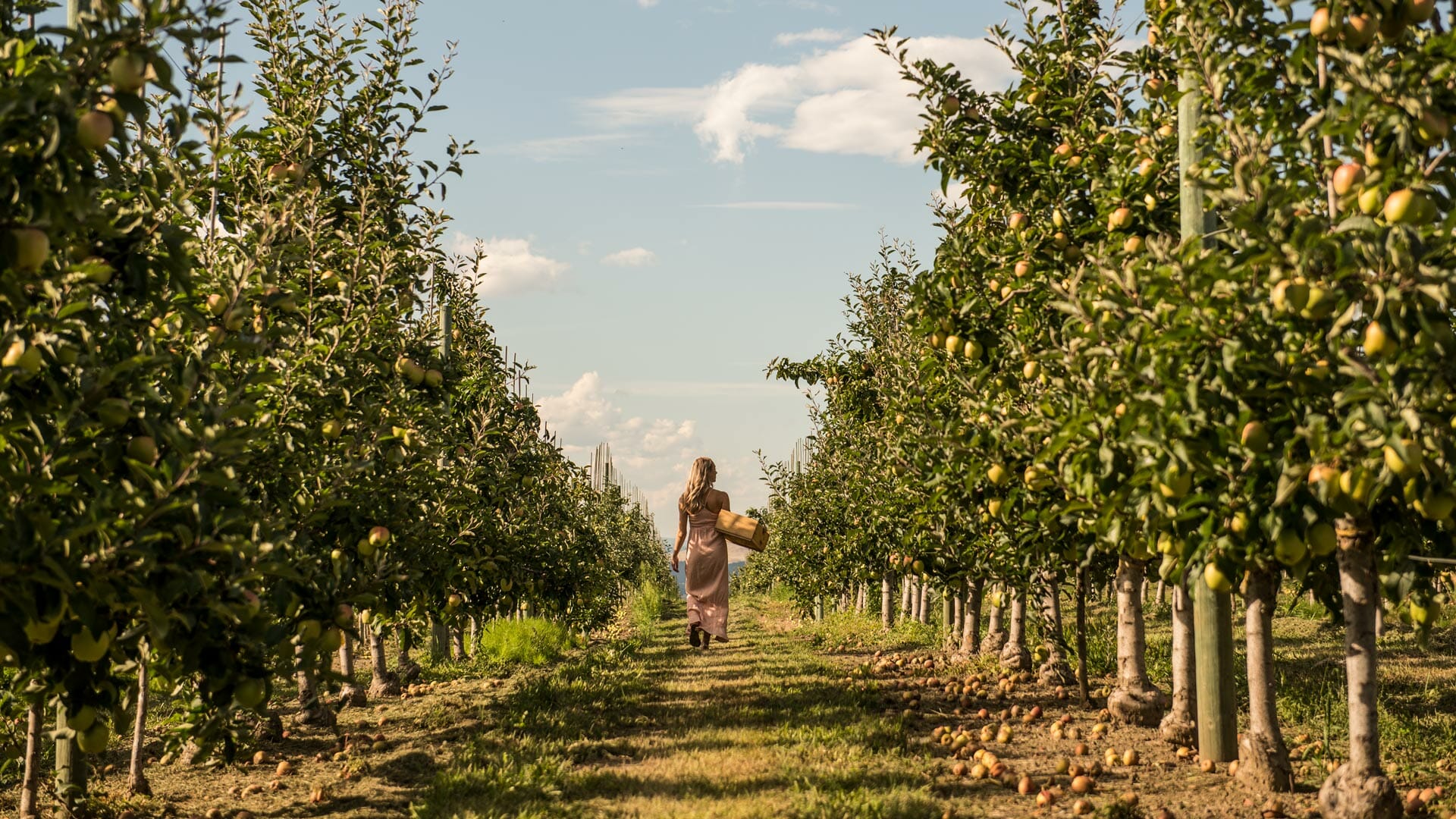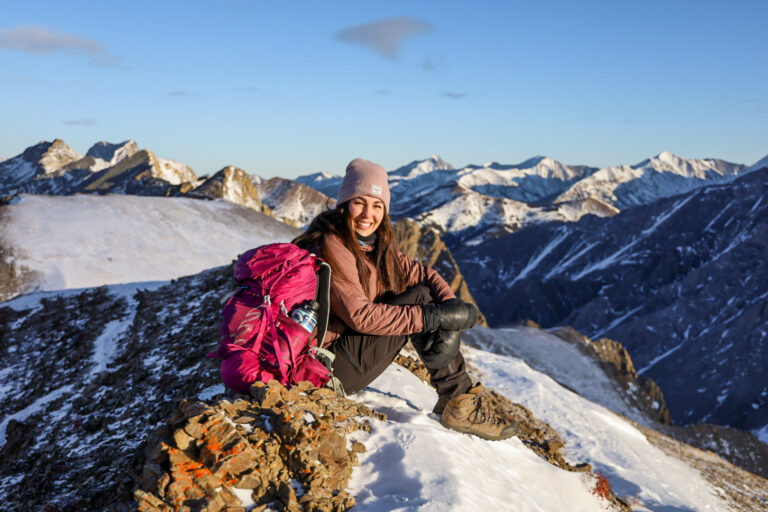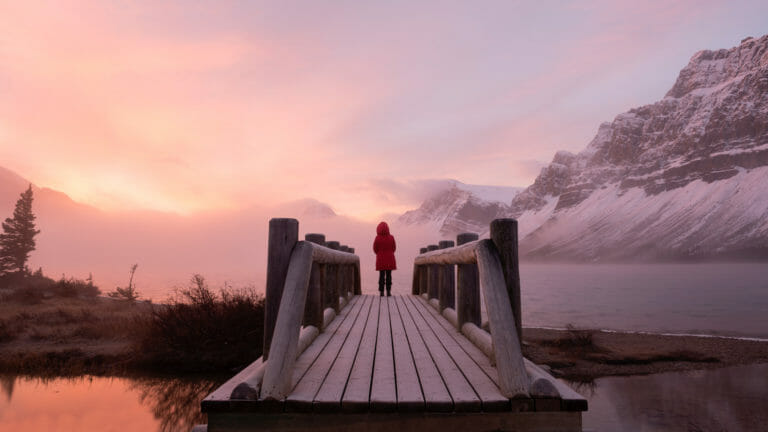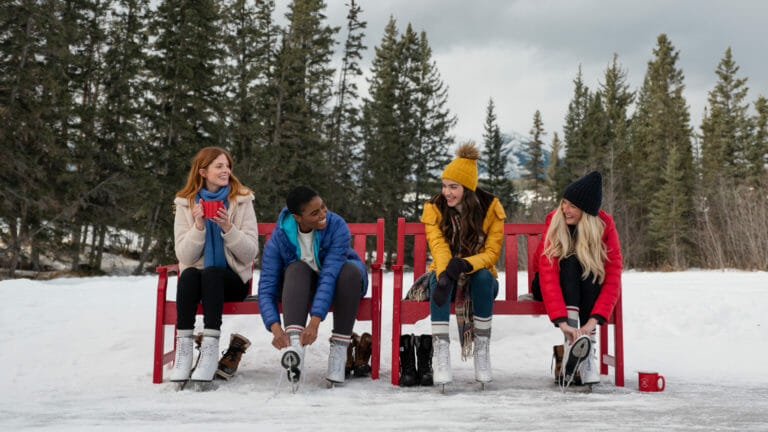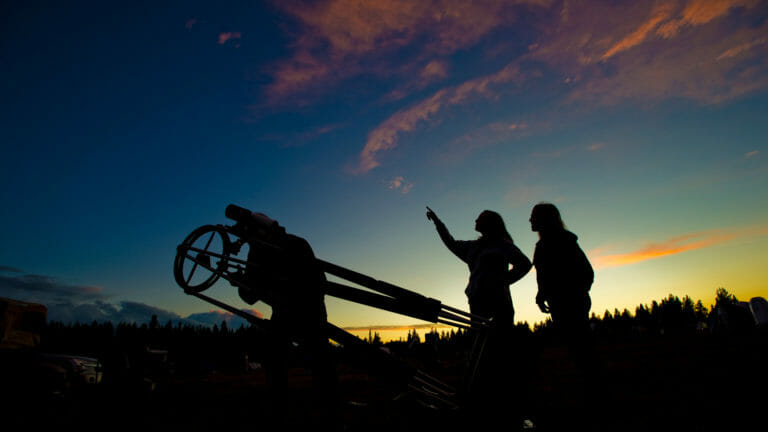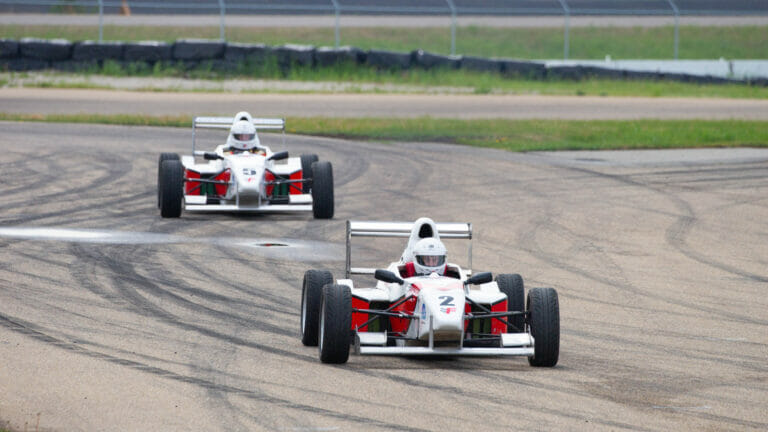My Himalayan Expedition: The Journey Beyond the Summit
I recently returned from an incredible expedition in the Nepal Himalayas, and I’m still processing the experience. Before I dive into the story, let me say that the feeling of reaching a summit — whether it’s your first or your fiftieth — is one of the most powerful experiences a mountaineer can have. But for me, the potential success of climbing two 6,000 meter Himalayan peaks wasn’t just about standing on top of the mountains. It was about the journey itself, navigating the physical and mental challenges, and the profound personal growth. And for me, redefining summit success and overcoming the inevitable obstacles along the way were key to having a truly fulfilling adventure.
Now, here’s the story of how one of my longtime dreams came true, and all the highs and lows along the way.
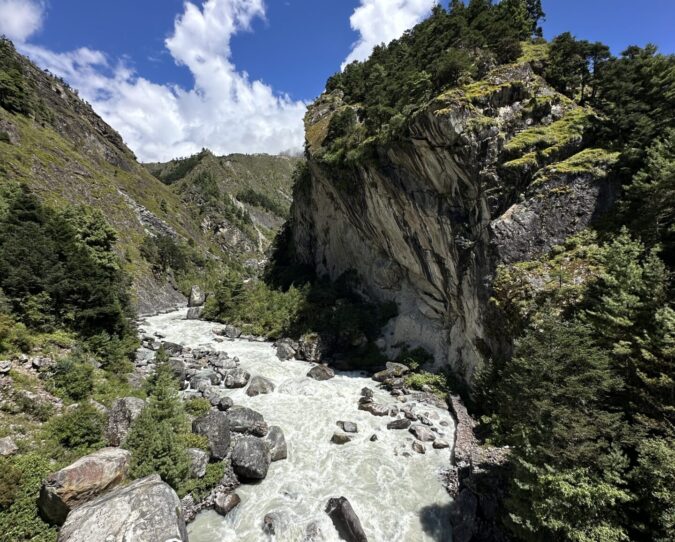
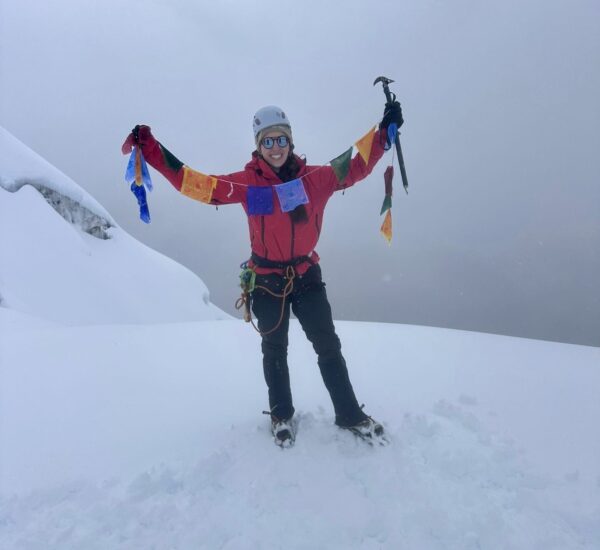
Upon arriving in Kathmandu, Nepal, I fell severely ill. After two days in my hotel room, desperately trying to self-treat my symptoms, my husband insisted — with little room for argument — that I go to the hospital. It turns out, I had a severe salmonella infection that led to profound dehydration and critical electrolyte imbalances. I was admitted immediately and treated with antibiotics, IV fluids, electrolyte replacements, and several other medications. Once my kidney function and electrolytes returned to normal, and I could tolerate food, I was discharged from the hospital. This was less than 24 hours before my flight to Lukla, where my expedition would begin.
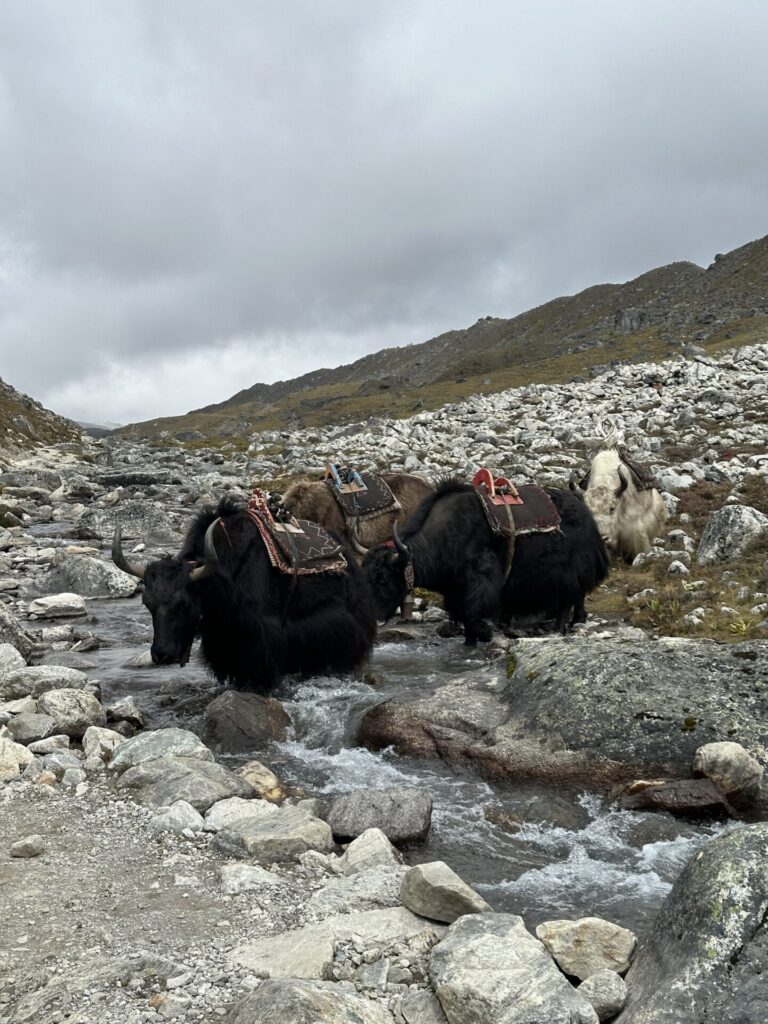
Needless to say, after spending 4 days severely ill and unable to eat, I felt extremely physically weak. The first three days of hiking were a true test of my mental grit. My muscles had seized up from dehydration, and every step I took was painful. The physical challenge was tough, but the greater struggle was the fear that I might not acclimatize well to high altitude after the stress my body had already endured. But despite the pain and fear, I pushed through, determined to continue. This took all of my focus and mental strength. I clung to the hope that my body would acclimatize and regain its strength, but remained ever aware that my 6,000 meter (20,000 foot) dreams may no longer be achievable. Fortunately, the pain in my muscles ceased after 3 days and my physical strength returned after 5 days. For this I was incredibly grateful and eager to continue!
We hiked through breathtaking Himalayan landscapes on our way to Everest Base Camp. I saw yaks for the first time, marvelled at countless waterfalls, and, of course, saw Mount Everest and Ama Dablam in person. The valleys were lush and green, in stark contrast to the towering, snow-capped peaks. We crossed several suspension bridges too, including the famous Hillary Bridge. The weather was unpredictable, ranging from warm and sunny to incredibly wet and rainy, but my excitement never wavered. We also learned the Nepali adage “Nepali flat,” which means that a trail with 1000 meter elevation gain and 1000 meter elevation loss is, in fact, flat. Needless to say, the trails were beautiful, but challenging.
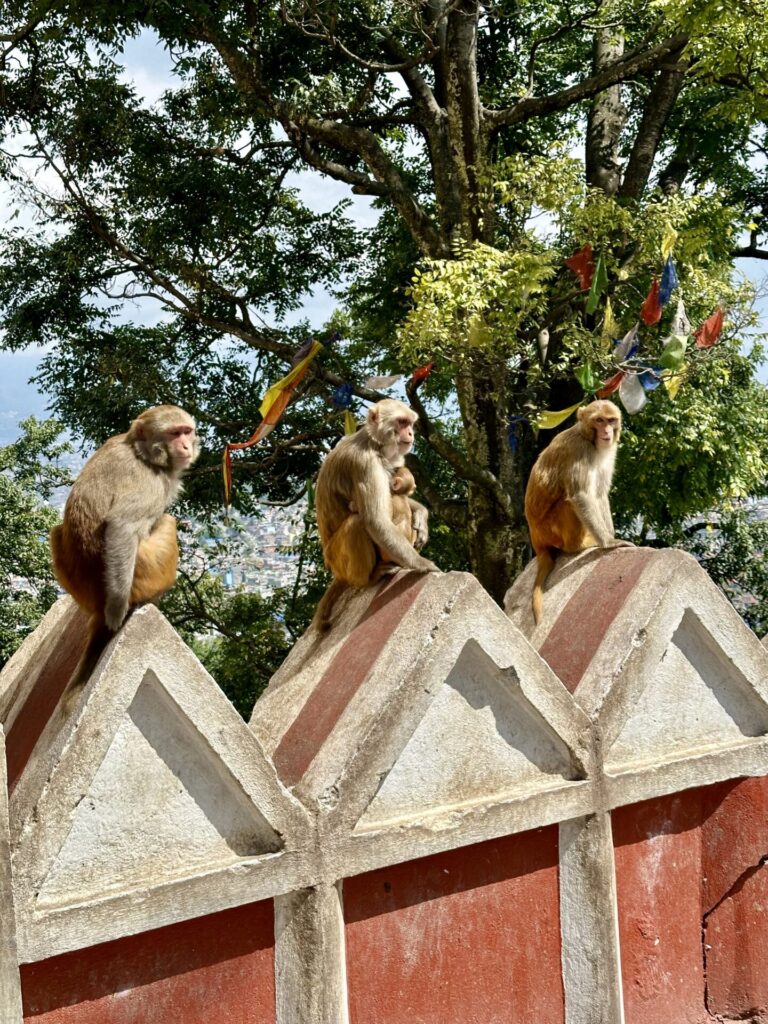
Along the way, we stayed in tea houses and met some of the kindest Nepali people. I tried several Nepali food dishes, including Sherpa stew, Dal Bhat, and Tibetan bread. All of which were delicious! Then, in the village of Pangboche, we donated money, puffy jackets, and wool socks to the local school before playing soccer with the children. It was an incredibly memorable and humbling experience that I’ll always cherish.
We arrived at Everest Base Camp on day 8 of our expedition. Upon arrival, the Khumbu Icefall took my breath away — it was as beautiful as it was terrifying. I could hear the water flowing underneath the ice, as well as the avalanches from above. I got the classic photo on the rock spray painted with “Everest Base Camp 5,364m,” and another with the new, already dilapidated, Everest Base Camp sign. I have dreamed of trekking here since I was a little girl, and standing at the foot of Mount Everest was even more emotional than I’d anticipated. I could not believe that my long-time dream of trekking here had somehow evolved to climbing in the Khumbu region, and that I was here to achieve both dreams. I took a few moments to sit alone, staring at the Icefall, soaking in the incredible realization that this was no longer just a dream — it was my reality.
The following morning, we hiked to the summit of Kala Patthar. Fresh snow had fallen overnight, and the peak was magical at sunrise, sparkling with pristine snow. The view from the top was breathtaking! A full panorama of Pumori, Lhotse, Nuptse, and Everest. Standing at 5,645 meters, we had completed the final acclimatization hike prior to climbing. I felt strong, acclimatized, and eager to climb the first mountain.
On day 10 of our expedition, we climbed up to Lobuche High Camp. The terrain was mostly scree and rock, which reminded me of the Canadian Rockies. When we arrived at camp, we were greeted with hot tea and a delicious lunch. We ate Dal Bhat, which emulates the Nepali climbing adage “Dal Bhat power, 24 hour,” suggesting Dal Bhat is the correct fuel to successfully climb Himalayan mountains. After settling into our tents at 5,300 meters, I packed my gear and prepared for a 2:00 a.m. alpine start the next morning.
We began our summit push at 3:00 a.m., starting with a rocky scramble that led into fixed-roped sections of alpine rock. The previous night’s rain had frozen overnight, making the rock extremely icy and challenging to navigate. My ascender kept getting stuck on the frozen ropes, but I embraced the challenge, enjoying the unexpected technical sections.
After climbing the final vertical rock face, one of our Sherpa guides, Nuru, patted me on the back and said, “strong Didi” (which means “strong sister” in Nepali). It was one of the most flattering and humbling moments of the entire trip. I often struggle with imposter syndrome in the high mountain world, so this compliment meant a lot to me.
Next we donned our crampons, and began the steep and relentless climb up the snow-covered mountain toward the summit. But as we ascended, the weather worsened. A snowstorm rolled in, drastically reducing visibility. Along the way, we encountered a group of climbers who made the difficult decision to turn back due to the deteriorating conditions. This prompted a team meeting, and after discussing our options, we decided to push forward. Our Sherpa guides believed in our abilities, the safety of the weather and conditions, and I felt strong enough to continue.
The climb through fresh, soft snow was difficult, but every step brought me closer to my goal. After 6 hours of climbing, at 9:04 a.m., I stood on the summit of Lobuche East at 6,119 meters (20,075 feet)! My spontaneous and candid reaction was to jump in circles, grinning, with my hands in the air shouting, “Yes! Yes! Yes!” Almost immediately, I began to cry as the emotions overwhelmed me. My friend Luke captured the moment on camera, for which I am grateful. Shortly after, my husband reached the summit, too. We then shared one of the most profound moments of our marriage, hugging, laughing, crying, and congratulating each other on achieving our shared dream. I will never forget the feeling of accomplishing this dream together, and hearing “I am so proud of you,” upon his arrival to the summit.
Although the weather and conditions weren’t ideal, and we could not see the spectacular view from the top, my experience wasn’t diminished — in fact, the experience was profound. I felt immense pride in what I had accomplished — pride in my physical strength, pride in my mental resilience, and pride in the dedication and sacrifice it took to be standing on this summit. I also felt bewildered by how strong I felt and how well my body was able to perform after being severely ill. I was in awe of the beauty and unpredictability of the Himalayas too. Mostly, I felt an overwhelming sense of accomplishment in achieving my goal.
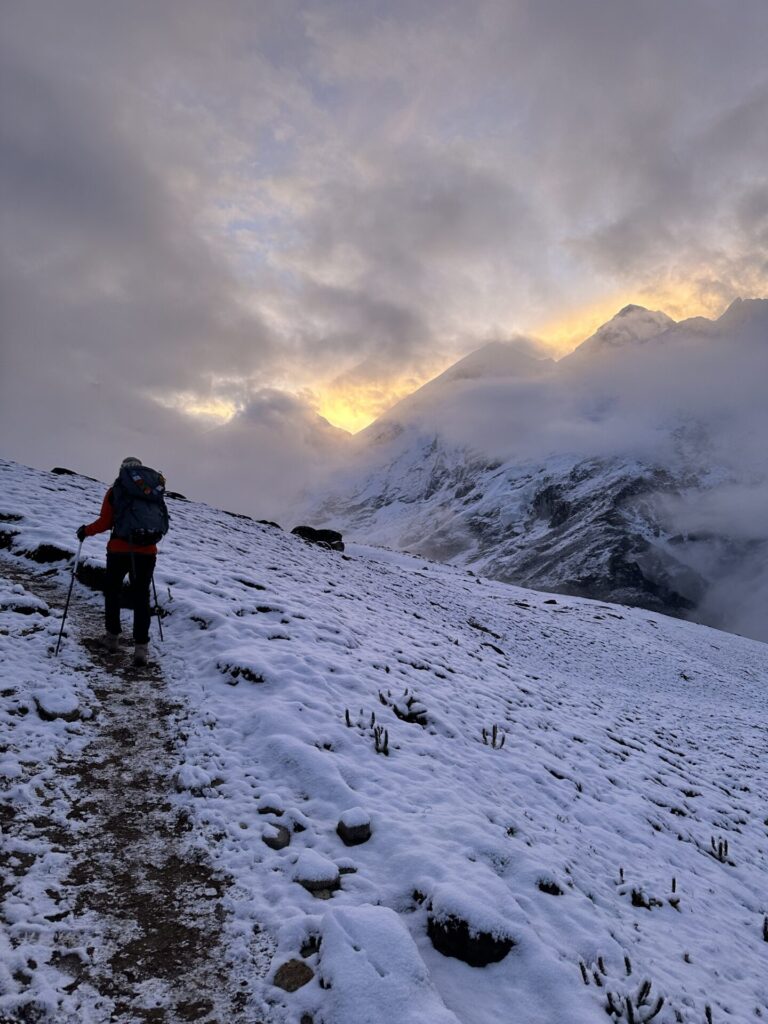
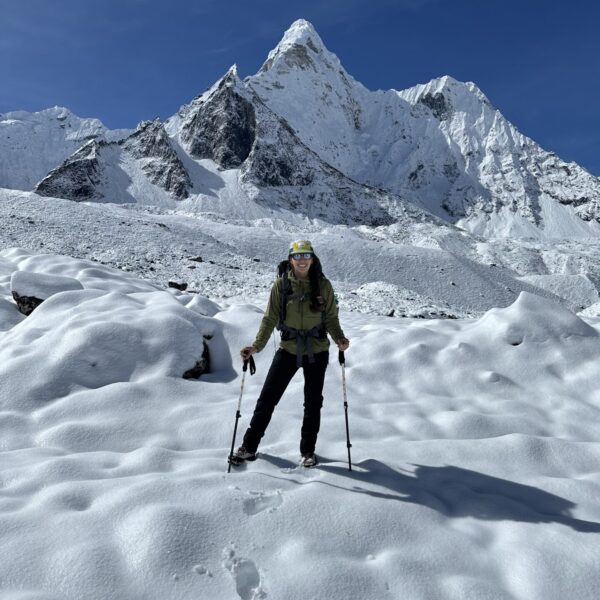
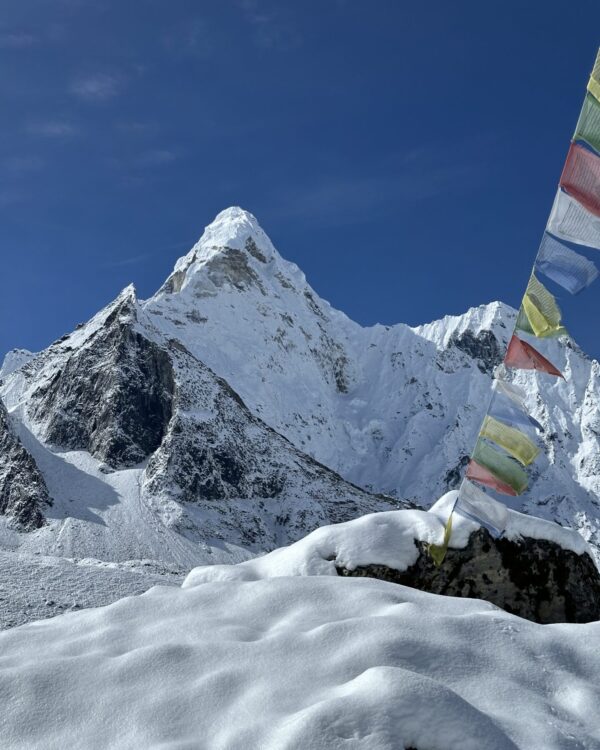
After an hour on the summit, soaking in every moment, we began our descent. The snow was soft, and with each step we sank, making the downclimb exhausting. Once we removed our crampons at “crampon point,” the snow turned to rain, and the ice from the morning had thawed, making the rock sections treacherous and slippery. Rappelling down the wet, vertical rock and scrambling down wet scree made for very difficult terrain. We finally made it back to high camp, where we warmed up with hot tea and lunch. But with the worsening weather, and continuing heavy snowfall, we made the decision to descend further rather than stay in the camp overnight.
The weather continued to deteriorate overnight due to the unseasonal monsoon. The following day, we hiked to the next village in a whiteout snowstorm, which felt like being trapped inside a ping pong ball. The sound of avalanches and landslides around us was both terrifying and eerie. Fortunately, our Sherpa guides are experts and safely navigated the storm. Once we reached the next village, we changed into dry clothes and hung our soaking wet gear around the fire. The weather forecasted 6 feet of snowfall in less than 24 hours, so I was beginning to accept the conditions would be too dangerous to attempt our second climb. As a group, and with the advice from our Sherpa guides, we decided the safest plan was to hike back the way we came, forgoing Island Peak.
The following morning, we woke to clear, blue skies and stunning views of Island Peak and Ama Dablam. It was gut-wrenching to know that we couldn’t climb due to the snowstorm, but it was the safest decision. Our Sherpa guides explained that the next few days would be the most dangerous for climbing, as avalanche risk was extremely high and the fixed ropes would likely be buried in snow. They said it would likely take a week for the mountain to be safe to climb again. We didn’t have time to wait for conditions to stabilize, so we chose to turn around instead.
As we made our way down, we witnessed the aftermath of the storm: avalanches, landslides, and rockfalls had devastated the region. Bridges were swept away, cliffs had collapsed into the rivers below, and trail destruction was visible everywhere. We learned of two fatal accidents in the area, and my heart goes out to those who did not return home.
Because we bypassed Island Peak, we gained extra time in our itinerary and decided to visit Ama Dablam Base Camp instead. The view was incredible, and getting so close to such a majestic peak was awe-inspiring. Ama Dablam is one of the most beautiful mountains in the world, in my opinion, and being able to see the massive hanging glacier (known as the ‘Dablam’), as well as the climbing camps along the route was fascinating.
We stayed in Namche Bazar, which is my favourite village along the route. We enjoyed a night out at the Yeti Bar, celebrating our successes. I also had my hair washed, conditioned, and blow-dried at a local salon, after weeks without access to proper facilities, and for that I was thrilled.
After several long hiking days, we made it safely back to Lukla, where we enjoyed a celebratory dinner with our Sherpa guides and team. Then, after a one day weather delay, we flew back to Kathmandu by helicopter, completing an unforgettable 20-day expedition. Although I’d missed exploring Kathmandu before the trek, I was grateful for the chance to explore the city afterward. We visited the Monkey Temple, shopped for souvenirs, and refuelled our tired bodies with delicious meals. We also had much needed massages. It was a great ending to an incredible trip.
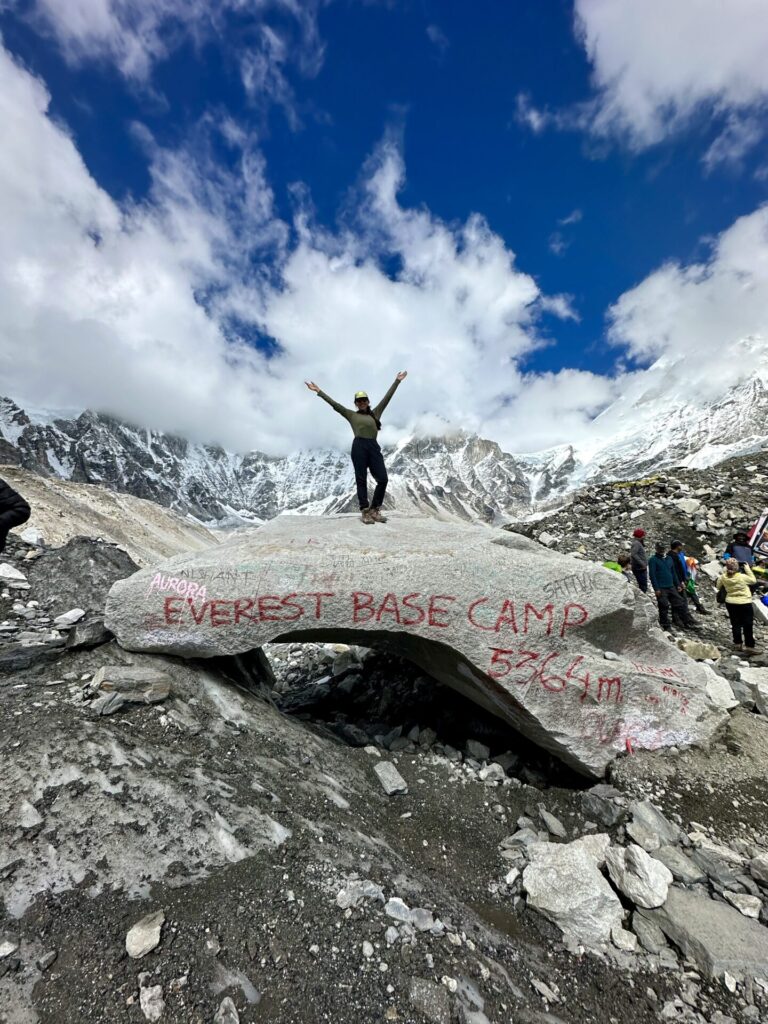
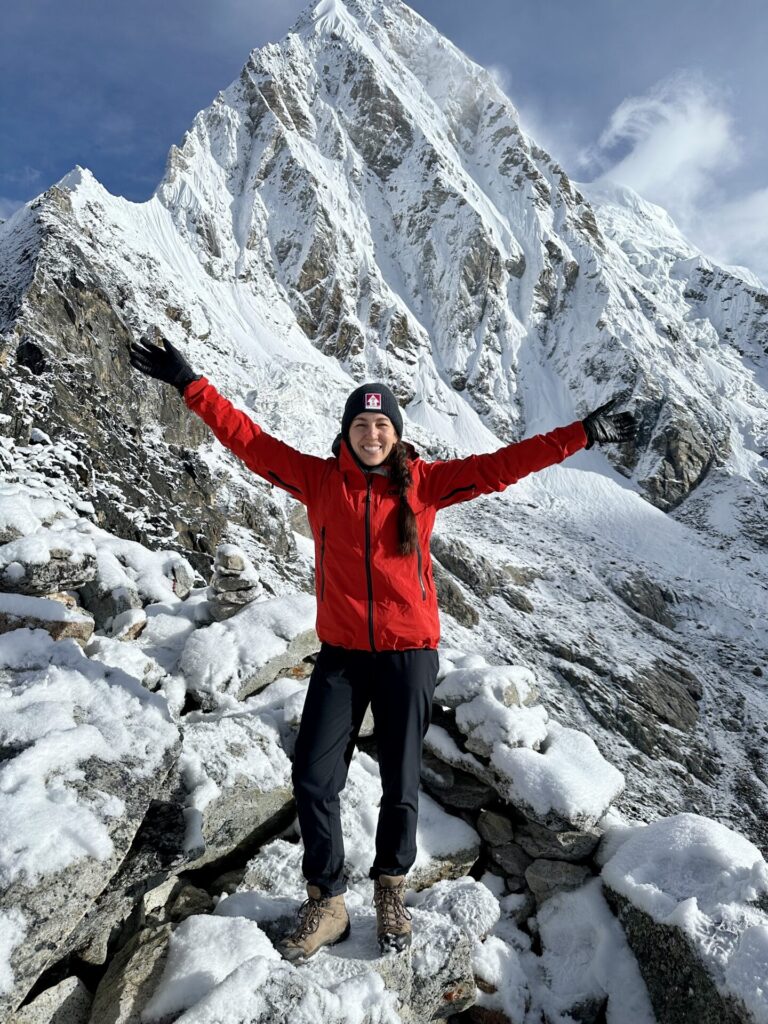
I’m still processing the many emotions and lessons from this journey, but regardless of the obstacles I faced, I am immensely grateful for the experience. I loved every physical, mental, and emotional step of the journey. Even in the toughest moments, I smiled, knowing I was living my dream.
As Sir Edmund Hillary said, “It is not the mountain we conquer, but ourselves.” This journey was about overcoming inner challenges and finding strength I didn’t know I had. It is amazing how strong the mind truly is.
I look forward to sharing more reflections soon, as there’s so much more to unpack from this multifaceted adventure.
Until then, what is your ‘Nepal?’ Do you have a longtime dream you are working towards achieving? Whether it’s climbing a mountain or something entirely different, the journey towards accomplishing a dream is a profound experience full of highs and lows. How you choose to define success is personal, and although I did not reach both summits, I left Nepal with a full heart and immeasurable motivation for the next climb. That to me is summit success.
Until next time, happy trails, friends!
Nomad Nic ⛰︎
